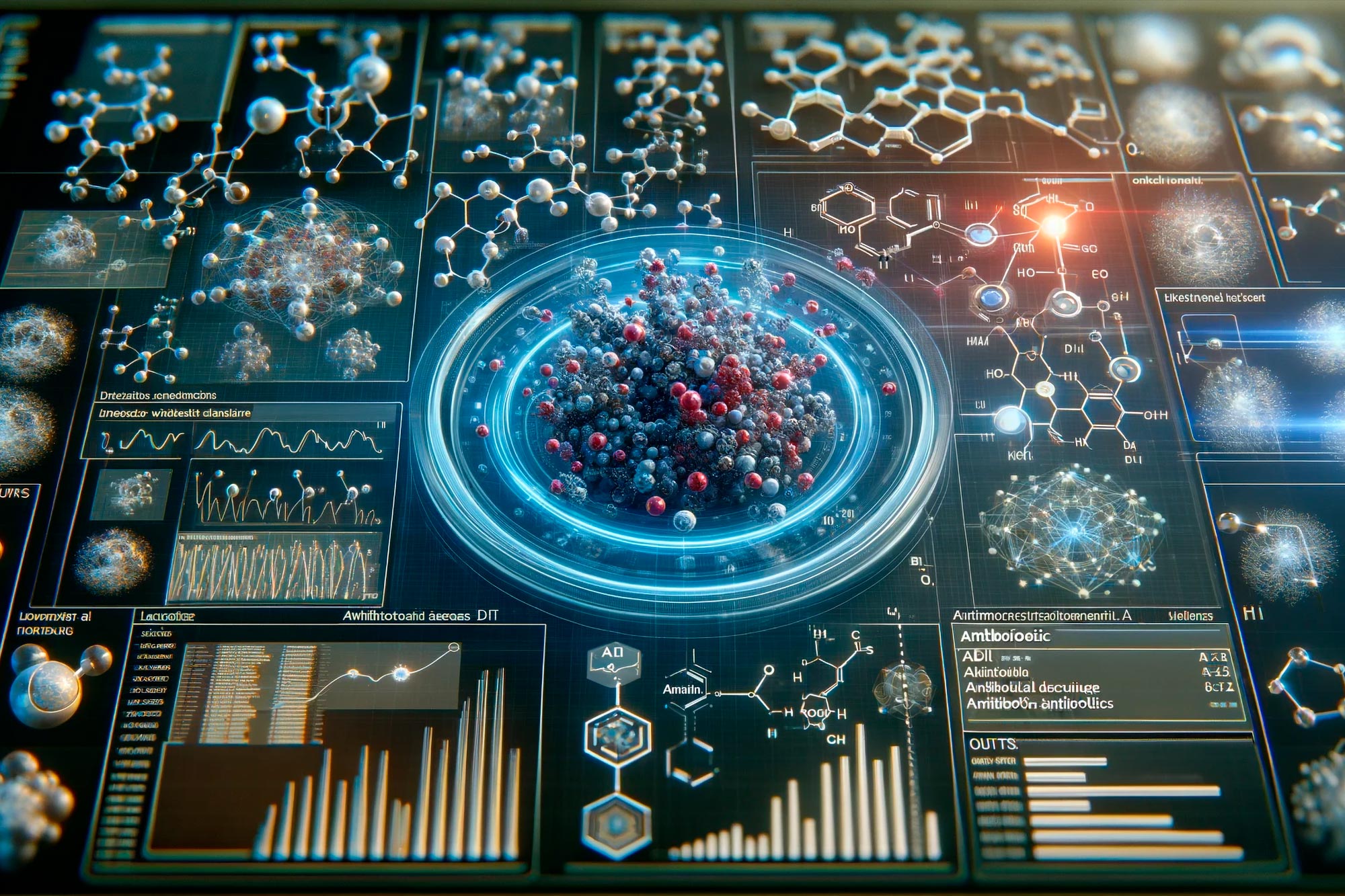In a collaboration between McMaster University and Stanford University, a team of researchers has unveiled a cutting-edge artificial intelligence (AI) model poised to revolutionize the discovery of antibiotics. Named SyntheMol, this innovative generative AI model boasts the unprecedented capability to design billions of novel antibiotic molecules, promising a potent arsenal against drug-resistant bacteria.
The emergence of drug-resistant bacteria poses a formidable global health threat, necessitating urgent solutions to combat infections effectively. With conventional methods often falling short in identifying promising antibiotic compounds swiftly and economically, the quest for novel solutions has intensified.
In a landmark study published in Nature Machine Intelligence, researchers unveil SyntheMol’s prowess in designing antibiotics tailored to halt the spread of Acinetobacter baumannii. Recognized by the World Health Organization as one of the most difficult antibiotic-resistant bacteria, A. baumannii presents significant challenges due to its resilience and capacity to cause life-threatening infections such as pneumonia and meningitis.
Rapid innovation powered by AI
Lead author Jonathan Stokes, alongside co-author James Zou, spearheaded the development of SyntheMol to address the pressing need for a robust antibiotic pipeline. Leveraging a vast library of 132,000 molecular fragments, SyntheMol orchestrates intricate chemical reactions, generating a staggering 30 billion unique combinations. This groundbreaking approach enables the swift and cost-effective identification of promising antibiotic candidates, marking a pivotal advancement in antibiotic discovery.
Each molecule crafted by SyntheMol undergoes rigorous evaluation through another AI model, ensuring both potent antibacterial activity against A. baumannii and non-toxicity. This meticulous screening process culminated in identifying six molecules demonstrating remarkable efficacy against the resilient pathogen, offering a glimmer of hope in the battle against antibiotic resistance.
Charting new frontiers in antibiotic development
SyntheMol designs novel antibiotic molecules and delineates precise manufacturing protocols, a groundbreaking feat that streamlines the translation of AI-generated designs into tangible therapeutic agents. James Zou emphasizes the transformative potential of this approach, underscoring its significance in circumventing the traditional limitations chemists face in synthesizing AI-designed molecules.
The research, generously supported by entities such as the Weston Family Foundation, the Canadian Institutes of Health Research, and benefactors Marnix and Mary Heersink, underscores the collaborative spirit driving innovation in antibiotic discovery. With SyntheMol poised to redefine the landscape of antibiotic development, researchers are optimistic about its potential to address the escalating threat of antibiotic resistance and safeguard global health.
The advent of SyntheMol heralds a new era in antibiotic discovery, marked by unprecedented speed, precision, and cost-effectiveness. As the global community grapples with the looming specter of antibiotic resistance, innovative solutions such as SyntheMol offer hope, empowering researchers in the relentless pursuit of novel therapeutics. With continued collaboration and advancements in AI-driven methodologies, the prospect of combating drug-resistant bacteria grows ever brighter, heralding a future where humanity stands resilient against the challenges of infectious diseases.




